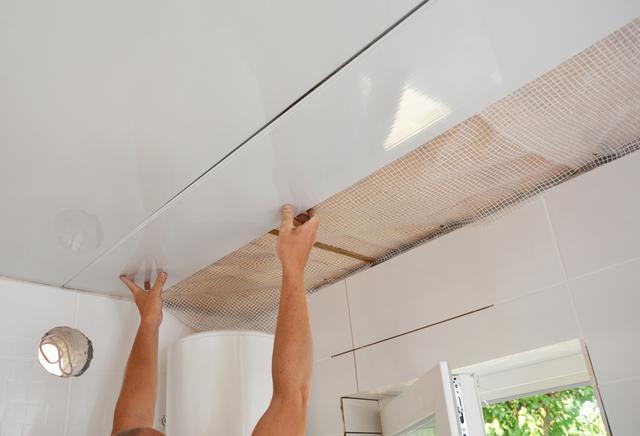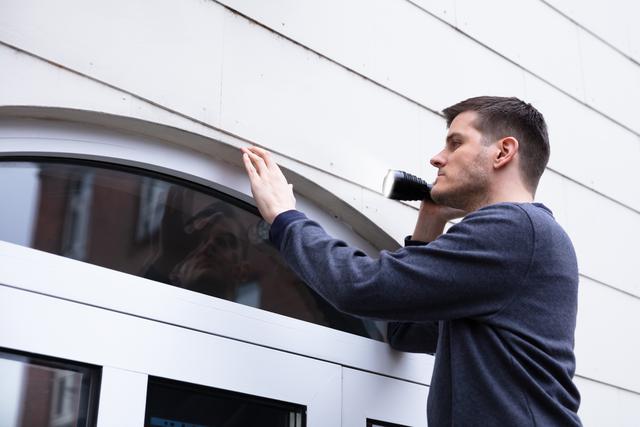DIY Mold Test Kits
DIY mold test kits are an affordable option for homeowners who want to test for mold on their own. These kits usually include a mold testing plate and instructions for collecting samples. You'll need to place the plate in the area you suspect has mold growth and wait for the mold to grow on the plate. After a few days, you'll send the plate to a lab for analysis.
It's important to note that DIY mold test kits have some limitations. They may not be as accurate as professional mold testing, and they may not detect all types of mold. Additionally, interpreting the results can be tricky, so it's a good idea to consult with a professional if you're unsure about the results.
Professional Mold Inspection
Professional mold inspection is a more comprehensive option for testing mold. A professional inspector will conduct a visual inspection of your home and collect samples for testing. They may use air sampling, surface sampling, or both to test for mold.
A professional mold inspection can be more expensive than DIY mold test kits, but it's often more accurate and reliable. A professional inspector can also provide you with a detailed report of their findings, including the type of mold and the location of the mold growth.
Interpreting Test Results
Once you have conducted a mold test, the next step is to interpret the results. This can be a challenging task, but you can easily understand what the results mean with the right guidance and knowledge.
Understanding Lab Reports
The lab report is the most important document you will receive after conducting a mold test. It contains information about the type of mold present, the concentration levels, and the health implications of exposure. When interpreting lab reports, it is important to pay attention to:
- Type of mold: The report should indicate the type of mold present in your home. Some types of mold are more harmful than others, so it is important to know which one you are dealing with.
- Concentration levels: The report should also indicate the concentration levels of mold spores in your home. High levels of mold can harm your health, so it is important to take action if the levels are too high.
- Health implications: This information can help you determine the severity of the problem and take appropriate action.
Health Implications of Mold Exposure
Exposure to mold can have serious health implications, especially for people with allergies or respiratory problems. Some of the health implications of mold exposure include:
- Allergic reactions: It can cause allergic reactions such as sneezing, runny nose, and itchy eyes.
- Respiratory problems: Mold can also cause respiratory problems such as coughing, wheezing, and shortness of breath.
- Skin irritation: Mold might cause skin irritation, such as rashes and hives.
Prevention and Remediation









comments